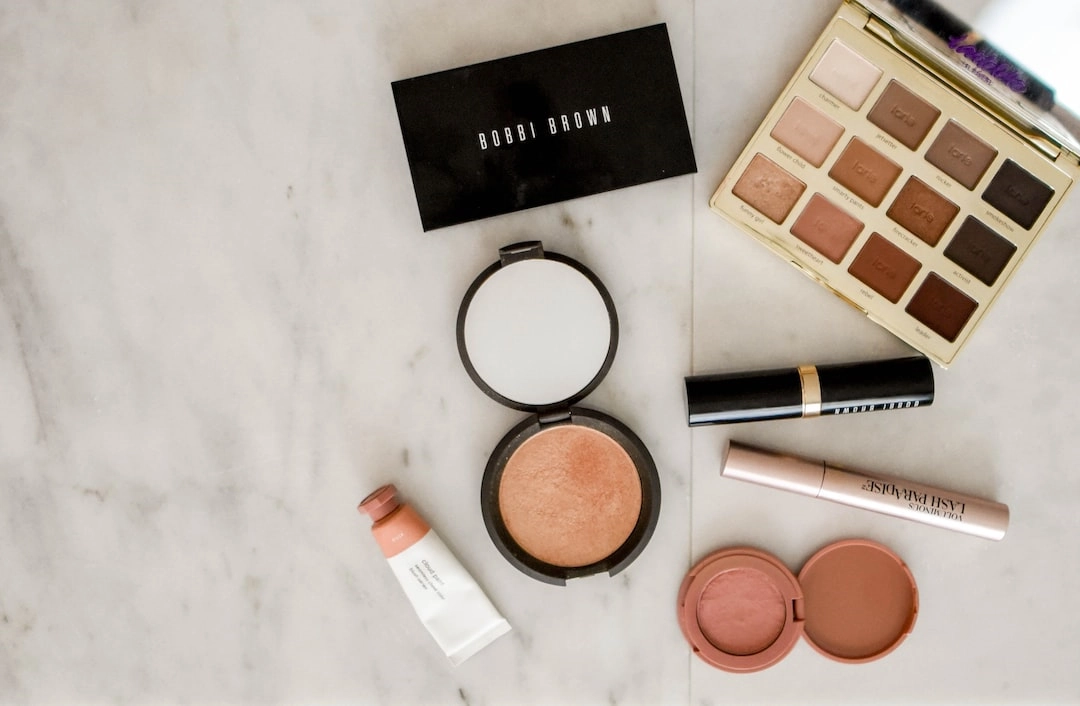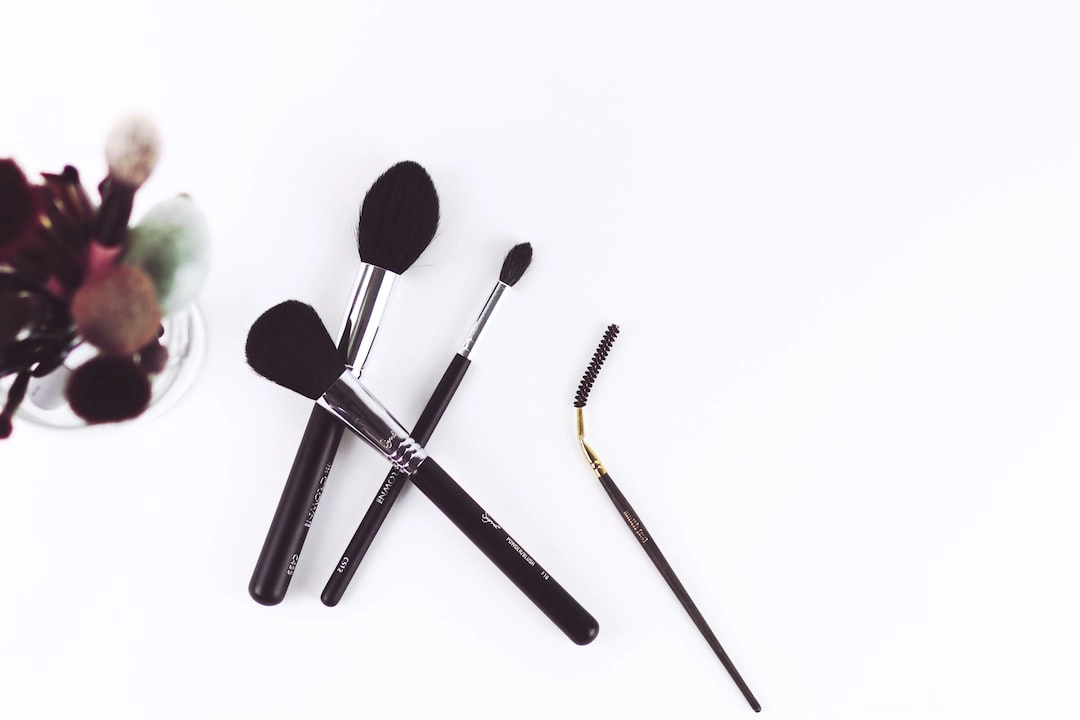What is Creating Elegantly Sustainable Beauty?
Creating Elegantly Sustainable Beauty is an approach to personal beauty and cosmetics that aligns with environmentally-friendly and socially responsible practices. It involves using products and following routines that minimize harm to the planet, prioritize ethical sourcing and production, and promote overall sustainability.
Real-World Problems Associated with Sustainable Beauty
While the concept of sustainable beauty has gained popularity in recent years, there are still several challenges and hurdles to overcome. These include:
1. Limited Availability of Sustainable Beauty Products
The choices for sustainable beauty products can be limited compared to conventional alternatives. Many mainstream brands still rely on unsustainable ingredients and packaging, making it challenging to find truly sustainable options.
2. Lack of Transparency in the Beauty Industry
The beauty industry has historically been known for its lack of transparency regarding product ingredients and manufacturing practices. This makes it difficult for consumers to make informed choices about the sustainability of the products they purchase.
3. Greenwashing and Misleading Marketing
Some brands engage in greenwashing, using marketing tactics to make their products appear more sustainable and eco-friendly than they actually are. This makes it challenging for consumers to differentiate between genuine sustainable products and those that are simply trying to capitalize on the trend.
4. High Cost of Sustainable Beauty
Compared to conventional beauty products, sustainable alternatives can often come with a higher price tag. This can create a barrier for some individuals who may want to adopt a sustainable beauty routine but find it financially challenging.
5. Beauty Product Waste and Packaging
The beauty industry generates a significant amount of waste through product packaging. Plastic containers, single-use products, and excessive packaging contribute to environmental pollution and landfill accumulation.
6. Ethical Concerns in Ingredient Sourcing
Many beauty products contain ingredients sourced from unsustainable or unethical practices. This includes the use of palm oil, which contributes to deforestation and the loss of habitats for wildlife.

Solutions for Creating Elegantly Sustainable Beauty
While the challenges of sustainable beauty may seem daunting, there are several solutions available to address these problems and promote a more sustainable approach to personal beauty:
1. Increasing Availability of Sustainable Beauty Products
A growing demand for sustainable beauty has led to an increase in the availability of eco-friendly and ethically-sourced products. Natural and organic brands are emerging, providing consumers with more options to choose from and encouraging mainstream brands to adopt sustainable practices.
2. Demanding Transparency and Accountability
Consumers have the power to demand transparency from beauty brands. By supporting companies that disclose their ingredient lists, manufacturing processes, and sustainability initiatives, consumers can encourage more transparency within the industry and hold brands accountable for their practices.
3. Educating Consumers about Greenwashing
Increasing awareness about greenwashing and misleading marketing is essential in empowering consumers to make informed choices. By educating themselves about sustainability certifications, ingredient labeling, and responsible brand practices, consumers can navigate through the noise and make mindful purchasing decisions.
4. Encouraging Budget-Friendly Options
To address the financial barrier of sustainable beauty, it is important to promote and support budget-friendly options. This can include DIY beauty recipes using natural ingredients, exploring local and affordable brands, and making conscious choices to prioritize essential products over unnecessary ones.
5. Embracing Sustainable Packaging Practices
Beauty brands can adopt sustainable packaging practices by using recyclable or biodegradable materials, reducing excessive packaging, and promoting refillable or reusable containers. By supporting brands with responsible packaging, consumers can drive the demand for more sustainable packaging solutions.
6. Prioritizing Ethical Ingredient Sourcing
Beauty brands should prioritize sourcing ingredients from sustainable and ethical sources. This includes avoiding ingredients linked to deforestation or animal cruelty and supporting fair trade and organic farming practices. Consumers can look for certifications such as Fair Trade or Rainforest Alliance to ensure ethical sourcing.













